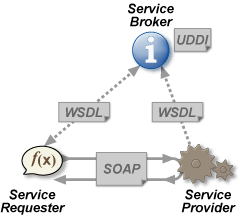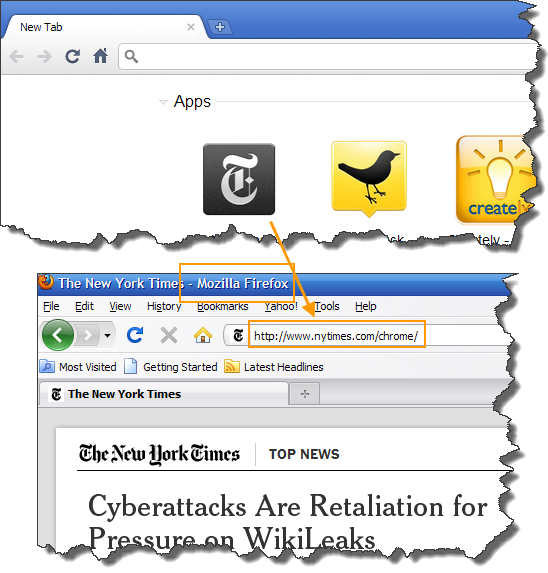Eager to keep its view on the future of the web, computers and operating systems front and center, Google today officially opened its Google Chrome Web Store while also launching the Google Chrome OS pilot program web site.
GOOGLE CHROME WEB STORE

The Google Chrome Web Store works with Google Chrome, Google's own browser which steadily keeps on gaining market share.
In the store people can select and one-click install so-called "apps".
The store and app concept takes a cue from smart phones with apps; many people who own smart phones will feel familiar with the concept and look & feel of both the store and the apps.
Apps can be as simple as a beautiful icon which essentially is a shortcut/bookmark to a web page. Some of these, like the New York Times "app", are just as accessible without "installing" it and can be viewed and used with other browsers too.
Other apps, like TweetDeck, are true in-browser applications.
HOW APPS DIFFER FROM EXTENSION & PLUGINS
The difference between extensions (called plugins on other browsers like Firefox) and apps is one of scope & focus:
- Extensions add functionality to the browser and tend to do so across the web
- Apps do one dedicated thing, like traditional software would, and do so within their own confines
GOOGLE CHROME OS
Google has started a pilot program -- or beta testing -- for its Google Chrome OS and Google Chrome Netbooks.
People within the USA can sign up for the program. An unbranded version of the netbook will be sent to you. The idea is that you will use it as you normally would use a portable device and report back on the good, the bad and the ugly.
In demonstrations Google Chrome OS was shown to start up in under 1 minute. The OS is unlike other traditional operating systems and is built to provide enough platform to start the computer and launch the web browser.
Apart from the web browser (Google Chrome) no software is present. All software comes in the form of web applications (hence the Google Chrome Web Store).
"Installed" applications are remembered in and with your Google Account. Log in from anywhere and your applications and data is there.
UNIFIED INTERFACE OF DIVERSE EXPERIENCE
 The "living on the web", "working in the cloud" and "golden copy on remote servers" is not a new concept.
The "living on the web", "working in the cloud" and "golden copy on remote servers" is not a new concept.
Years ago companies would work with one mainframe computer. Employees had a terminal on their desk; a dumbed down, simplified computer which formed and interface on and to what the mainframe did.
In past years some aspects of at least personal computing have grown into that direction with the mainframe replaced by web services and the terminal replaced by simple, portable computers.
The web services are diverse and spread out. Flickr for photos. YouTube for video. Hotmail, Gmail or Yahoo Mail for email. Facebook and Twitter for socializing. Google Documents or Microsoft Office Live for office suites.
The challenge in tying it all together is not just signing up for each service, logging in to each service, and bookmarking each service (and making those bookmarks available to you anywhere, anytime); it's making the services work together too.
Google Chrome OS is then not so much an operating system as it is a unified interface, enabling and facilitating the combined use of web services as if it was true software.
THE RISK FACTOR
With the pilot launch of Google Chrome OS and the Google Chrome Web Store talk about privacy and legal issues is sure to come up again.
Data laws differ from county to country: storing company data in the cloud on Google's servers may or may not be allowed in your country.
Legally, access to your data is much easier to obtain when it is stored off premises on someone else's (Google's) computers.
WHAT THIS MEANS FOR YOU
Today's app-ification of the web, whether on a smart phone or netbook, is yesterday's bookmark.
Getting your users, your customers, your fans, to add your icon -- be it as a bookmark, a desktop shortcut, or an app -- is the software version of list building.
With low-cost entry -- a Google Chrome Web App can be as simple as a glorified bookmark -- exploring yet another channel to get in front of your prospects is worth it. Catering to as many people (devices!) as possible is a good strategy as long as it doesn't become a dedicated per-device job.



